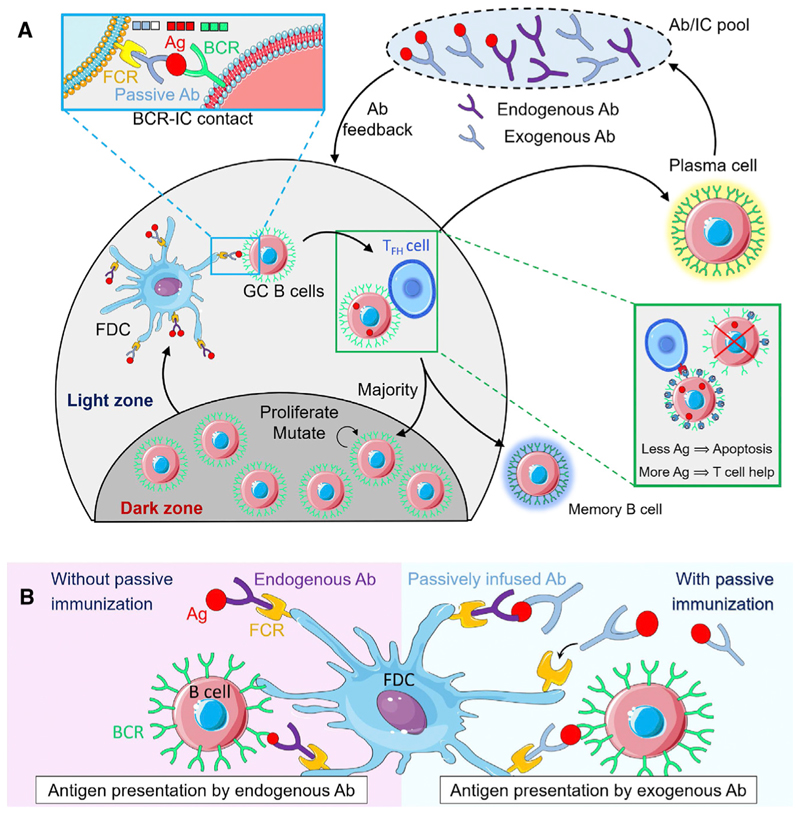Figure 1. Schematic of the Mechanism with which Exogenous Abs Influence the GCR.
(A)Schematic of the GCR: GC B cells in the light zone interact with Ag-presenting FDCs, forming BCR-IC contacts (left zoom). BCRs with greater affinity for Ag than the complexed Ab rupture the IC and internalize Ag.Acquisition of more Ag results in an increased probability of binding with Tfh cells and survival (right zoom). A majority of the selected B cells migrate to the dark zone and the remaining differentiate into Ab-producing plasma cells and memory B cells. Endogenous Abs, produced by plasma cells, and infused exogenous Abs diffuse into the GC and capture Ag from existing ICs to form new ICs or form higher affinity ICs in the serum and enter the GC, altering the selection stringency for B cells.
(B)Schematic of B-cell-FDC interaction. Without passive immunization (left), endogenous Abs present Ag to B cells as ICs on FDCs. With passive immunization (right), administered exogenous Abs with higher affinity for Ag either capture Ag from pre-existing lower affinity ICs or react with Ag molecules in serum to form new ICs that are trafficked on to FDCs. B cells must thus acquire Ag from these stronger ICs, increasing B cell selection stringency.

